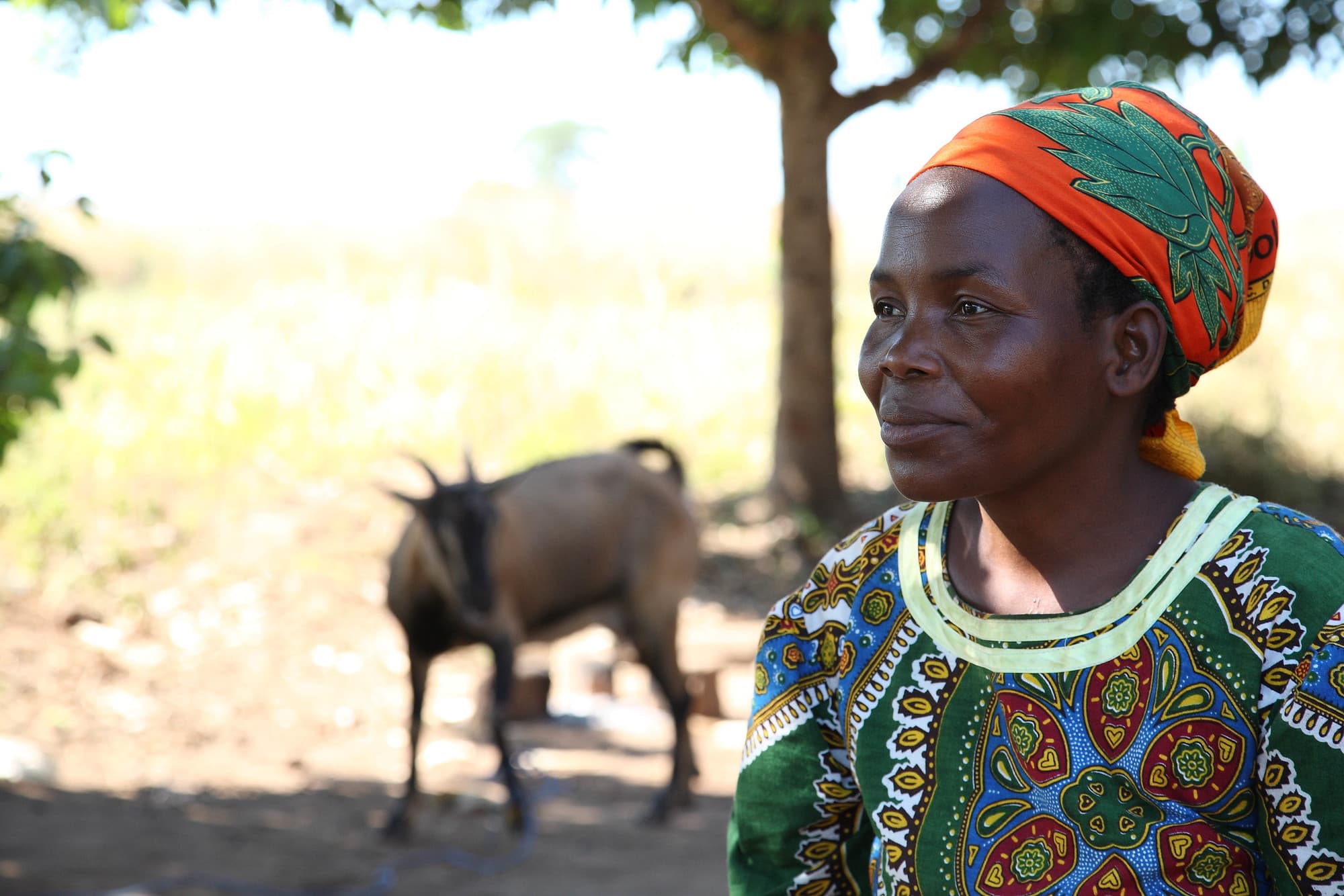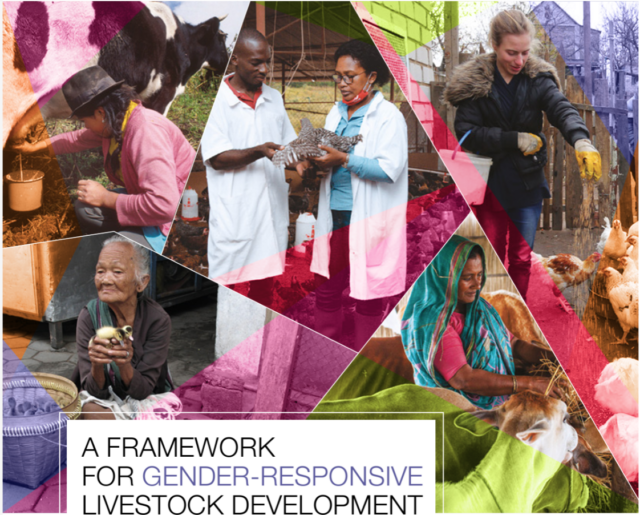
On average, 43 percent of the agricultural labor force is made up of women, and in the least developed countries, two in three women are employed in farming. For International Women’s Day 2021 and beyond, CGIAR is celebrating women’s agricultural efforts and highlighting the important – but often underestimated – role of women in global food systems.
CGIAR’s Innovations for Gender Equality
For decades, CGIAR has carried out research and created innovations that have broken down gender equality and helped build stronger food systems around the world. To explore some of CGIAR’s most groundbreaking gender innovations, visit CGIAR’s Innovations for Gender Equality campaign.
GENDER Platform Resource Hub
The CGIAR GENDER Platform, designed to put gender equality at the forefront of global agricultural research for development, recently launched a new virtual resource hub with evidence-based methods, tools and insights from across the CGIAR System to help researchers, practitioners, policymakers and other stakeholders better understand and integrate gender into their work.
Voices From Across CGIAR
Using this year’s International Women’s Day as a platform to call attention to the integral role of women in agriculture, CGIAR gender specialists have penned three opinion pieces that look at the significant role of women in food systems and issues in data, research and innovations that are holding women and agricultural innovation back.
- To close its labor gender gap, India must address its data gap by Ranjitha Puskur, a CGIAR researcher from the International Rice Research Institute (IRRI)
In India, reports show a 13 percent decrease of women employed or looking for jobs in the past year, fuelling a misconception that women are “disappearing” from India’s labor force. But in reality, women form a significant share of informal workers in low-paid sectors like agriculture, which provides income for 80 percent of economically active women. Because of the informal nature of their work, women are often missed in official labor statistics, a situation made worst by the ongoing pandemic. If India and other Southern Asian countries are to truly close the gender gap, more systematic evidence needs to be collected, and for agricultural research, investigators need to be equipped to embed gender dimensions and related indicators into their work. Ceres2030 found that only one in 10 studies related to ending hunger considered gender differences in outcomes, while more than 95 percent of studies were not relevant to the needs of smallholder farmers. To truly build back better after the pandemic, women must be included – in data, in research and in reality.
- The invisible generation holding the key to Africa’s future food security by Esther Njuguna-Mungai, a CGIAR researcher from the International Livestock Research Institute (ILRI)
It has become received wisdom that young Africans are turning away from agriculture, but in reality, this only tells half of the story. For rural girls and young women who cannot continue their education, agriculture is their only option to make a living, but their labor is often under-estimated and under-appreciated. As a critical target group for agricultural improvements, governments, NGOs and research institutes must work together to reach this invisible generation and allow them to fulfill their potential. Women not only provide at least 40 percent of agricultural work, they also tend to assume responsibility for household nutrition, making them an important part of food security. Overlooking this group of young rural women is both denying them a second chance of empowered adulthood and holding back agricultural development in Africa.
- Women hold the seeds of a stronger food system for Peru by Vivian Polar, a CGIAR researcher from the International Potato Center (CIP)
In Peru, women play an important yet underappreciated role in family nutrition and the country’s food system. In the country, new and improved potato varieties are only as successful as their uptake among women, meaning women’s involvement from the very start is critical. For farmers living in challenging conditions with scarce resources, decisions on what to plant are often different between men and women. While men tend to choose hardy plants to ensure yields, women prefer varieties that are easier to grow, quick to cook and are nutritious and palatable. For women’s needs and preferences to be met, women must be involved in the process to design, develop and scale new varieties and other productive technologies. To better involve women, researchers need to better understand and navigate gender-specific constraints that might hold back their participation in agricultural development.



